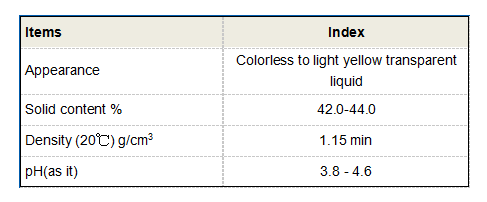Effective Water Treatment Solutions Using HEDP for Enhanced Performance and Sustainability
HEDP in Water Treatment An Overview
Water treatment is a critical process for ensuring the safety and quality of water, whether for human consumption, industrial applications, or aquaculture. One of the chemicals widely used in water treatment processes is Hydroxyethane-1,1-diphosphonic acid, commonly known as HEDP. This phosphonic acid derivative has gained attention for its effectiveness and versatility in various water treatment applications.
Understanding HEDP
HEDP belongs to a class of phosphonates, organic compounds containing phosphorus, which are crucial in many chemical processes. It is a clear, colorless liquid that is soluble in water, making it suitable for various applications. The molecular structure of HEDP allows it to bind with metal ions, which is why it is employed in water treatment to inhibit scaling and corrosion.
Role of HEDP in Water Treatment
1. Scale Inhibition One of the primary applications of HEDP in water treatment is its ability to prevent the formation of scale. Scale is a hard, mineral deposit that can accumulate in piping, boilers, cooling towers, and other equipment where water circulates. The buildup of scale not only reduces the efficiency of heat transfer but also increases the operational costs and risks of equipment failure. HEDP acts by chelating calcium and other minerals, thus preventing them from precipitating and forming scale.
hedp water treatment

2. Corrosion Control In addition to scale inhibition, HEDP is also an effective corrosion inhibitor. It forms protective films on metal surfaces, which help prevent corrosion caused by water and dissolved gases such as oxygen and carbon dioxide. This is particularly beneficial in industrial water systems that operate at high temperatures and pressures. By minimizing corrosion, HEDP contributes to the longevity and reliability of industrial equipment.
3. Biological Control HEDP has also been studied for its potential to control biofouling in cooling water systems. Biofouling is the accumulation of microorganisms on surfaces submerged in water, leading to reduced heat exchange efficiency and other operational problems. HEDP can inhibit the growth of certain bacteria and algae, providing an additional layer of protection for water systems.
Environmental Considerations
While HEDP is effective in water treatment, there are also environmental considerations to keep in mind. Phosphonates, including HEDP, have been scrutinized for their potential impact on aquatic ecosystems when discharged into water bodies. Continuous monitoring and responsible management practices are essential to minimize any adverse effects on the environment. Formulating regulations and guidelines for its use ensures that HEDP can be utilized safely and sustainably.
Conclusion
HEDP is a versatile and effective agent used in water treatment processes, providing solutions for scale inhibition, corrosion control, and biofouling management. Its ability to form complexes with metal ions makes it a valuable asset in maintaining the efficiency and integrity of water systems. However, it is crucial to apply HEDP responsibly to mitigate any environmental risks associated with its use. As water treatment technologies continue to evolve, HEDP may play an even more significant role in safeguarding water quality and enhancing the performance of industrial systems. Through ongoing research and development, the water treatment industry can optimize the use of HEDP and similar compounds, ensuring a sustainable and efficient approach to water management.
-
Pbtc Scale InhibitorPBTC: A Scale Protector for Industrial Water TreatmentNewsAug.05,2025
-
Organic Phosphonate: An Efficient Defender in the Field of Scale InhibitionNewsAug.05,2025
-
Hydrolyzed Polymaleic Anhydride: Green Pioneer in Scale Inhibition FieldNewsAug.05,2025
-
PAPEMP Polyamino Polyether Methylene Phosphonic Acid For SaleNewsAug.05,2025
-
Flocculant Water Treatment: A Pioneer in Purification in the Field of Water TreatmentNewsAug.05,2025
-
Benzyl Isothiazolinone: An Efficient and Broad-Spectrum Antibacterial Protective GuardNewsAug.05,2025





